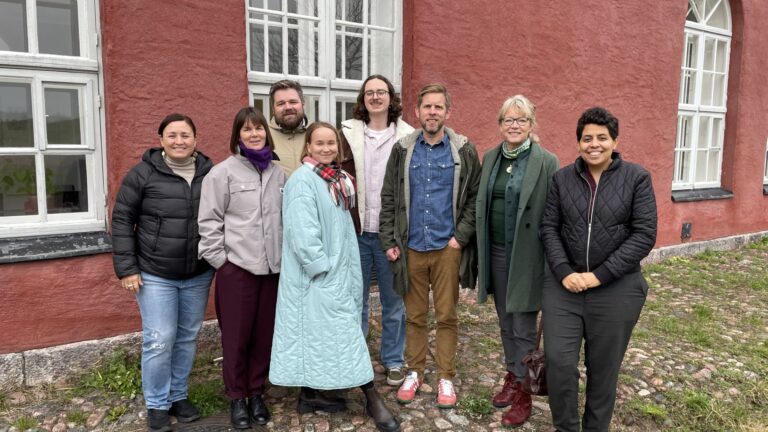Martin Mohr Olsen, who chairs the Demos expert group, states that the group’s ambition is to distribute funding to as wide a variety of initiatives as possible that meet Demos’ funding criteria. As the number of initiatives looking for funding grows, the benefits of the proposed forms of co-operation take on added weight when it comes to pitting the initiatives against each other to assess their benefit to co-operation and the longevity of the ripple effect.
“A well-thought-out application doesn’t just magically appear. We look particularly closely at how well-prepared the project is before the application is submitted. Is the project supported by a pilot project or other empiricism, such as a population survey? Well-anchored projects have a greater chance of obtaining funding than projects that want to use money to explore co-operation opportunities – this must be done in advance,” states Martin.
Of the 114 applications, 17 projects were granted funding, which equates to a funding success rate of 15.9 percent. A total of EUR 740,000 in funding has been awarded out of a total of just over EUR 4.6 million that was applied for.
A strong stakeholder network has impact
Martin Mohr Olsen states that it is vital that the project partners are committed to working together and to the purpose of the project already at the application stage. Regarding the choice of partners, the expert group members want to see opportunities in the network.
“Although it is permissible for a larger organisation to activate its national sub-organisations in the individual Nordic countries, the project achieves a wider reach and greater impact if the stakeholders come from different organisations. Organisations of any size can gather around the same purpose,” he explains.
“We’re happy to see when applicants demonstrate that they’ve thought outside the box to propose collaborations and initiatives that don’t yet exist, or projects that do things in new and exciting ways. We’d also like civil society stakeholders to reach out and initiate collaborations with partners such as municipalities, industry organisations, or research bodies,” he continues.
In conclusion, Martin urges applicants not to inflate the budget any more than is necessary.
“An application with a realistic budget has a far greater chance of being granted funding than one that asks for the maximum sum,” he concludes.
Examples of projects awarded funding
- The project Less is More: Nordic Co-operation for a Sustainable Future of Fashion was granted funding for a project that strengthens co-operation between Nordic non-governmental organisations that promote corporate responsibility. The partners are sharing their resources and expertise to run a campaign that tackles one of the global threats of our time – overproduction in the fashion industry.
- The five Nordic permaculture associations were granted funding to develop a concept for Nordic Permaculture Festivals that promotes sustainability in the Nordic countries, as well as to draft guidelines for the organisation and produce a brochure. The concept is being developed by way of a joint design process and the festival will be held two over two consecutive years in Sweden and Finland.
- The Nordic partnership for mental health and suicide prevention will establish a network of organisations from Finland, Norway, and Sweden in order to strengthen co-operation and gain a greater influence in issues such as mental health and suicide prevention.
- The project Nordic Deliberation Network strives to facilitate the exchange of skills and resources within democratic participation. This collaboration will strengthen interaction between the Nordic countries by way of open invitations to students, study visits, and contacts with future partners.
- The People and Research conference in Sweden focuses on the need for evidence-based knowledge in civil society and politics as a means to improve societal resilience. Project funding was granted to expand the national conference into a Nordic arena.

